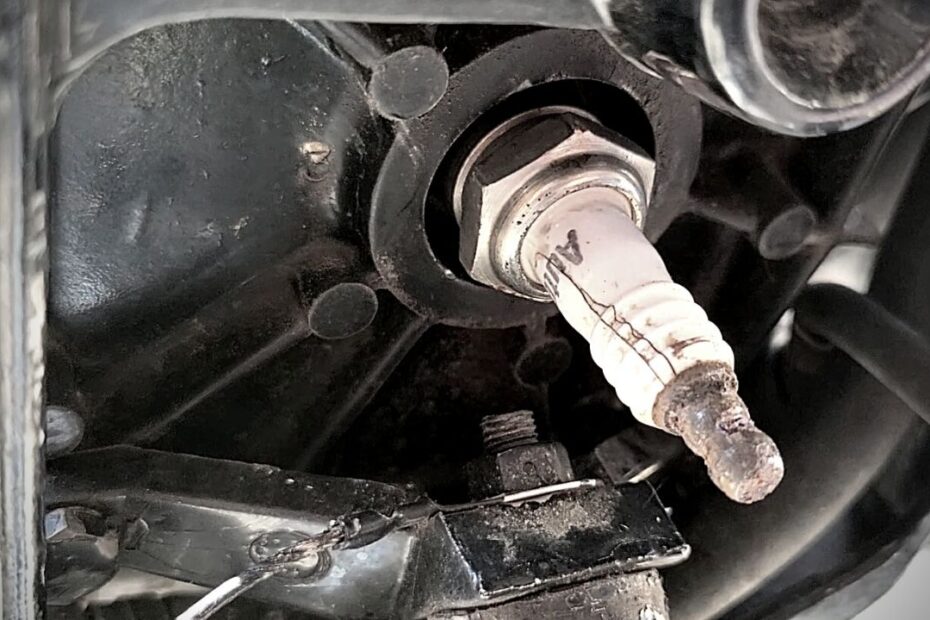Outboard motors or any gas motor in general are an enigma to most. People fear what they don’t understand so they leave even the most basic of maintenance tasks to repair facilities. In this post, we talk about how to do some simple maintenance tasks on your outboard motor. Doing your own maintenance is very rewarding, it saves a ton of money, and it is relatively easy. Maintaining your outboard motor is also an essential task for ensuring optimal performance, longevity, and a hassle-free boating experience. Whether you’re a seasoned boater or a beginner, these maintenance practices will help you extend the life of your motor and avoid costly repairs. So, let’s dive in and explore the key aspects of maintaining your two-stroke marine engine.
- Review the Owner’s Manual: It is always best to familiarize yourself with the owner’s manual provided by your engine manufacturer. It contains valuable information specific to your motor model and outlines recommended maintenance schedules and procedures. If you do not have an owners manual for your engine, a comprehensive list of manuals can be found at https://outboardmanuals.net.
- Gather the Required Tools and Parts: Ensure you have all the necessary tools at hand, such as a socket set, spark plug wrench, screwdrivers, lubricants, cleaning supplies, and a clean workspace. This will save you time and frustration during the maintenance process. Also make sure you have all of the parts you need if replacing spark plugs, spark plug wires, gear unit oil, fuel filter, etc.
- Checking and Changing the Spark Plugs: Spark plugs play a vital role in the ignition system of your outboard motor. Over time, they can become fouled or worn out, leading to poor performance. Refer to your owner’s manual to identify the spark plug wires leading to each cylinder. Carefully remove the wires ensuring not to damage them. Inspect the spark plug wires for any damage, cuts, or knicks. Replace the spark plug wires if any damage is noted. Next, using the spark plug wrench, unscrew the spark plugs one at a time. Inspect them for signs of fouling, corrosion, or wear. If necessary, replace them with new, properly gapped spark plugs. Insert the new spark plugs into their respective cylinders and tighten them by hand until snug. Use the spark plug wrench to torque them to the recommended specifications provided in the owner’s manual.
- Fuel System Maintenance: Proper care of your outboard motor’s fuel system is vital to prevent fuel-related issues. Regularly replace the fuel filter according to the recommended maintenance schedule. This will prevent contaminants from entering the engine and ensure proper fuel flow. Remove the old filter and install a new one. Make sure it is correctly seated and securely tightened.
- Fuel Stabilization: When storing your boat for an extended period of time, add a fuel stabilizer to the fuel tank following the manufacturer’s instructions. This helps prevent fuel degradation and protects the engine components. Run the engine for a few minutes to circulate the treated fuel through the system. (Make sure to install your water muffs and put water to your unit before cranking!)
- Lubrication: Locate the grease fittings on your motor and apply the recommended marine-grade grease. Grease the propeller shaft, tilt tube, steering components, and any other designated points as outlined in the owner’s manual. Ensure that you use the correct type and amount of grease.
- Gearcase Oil Change and Inspection: Periodically inspect the gearcase for any signs of damage or leaks. If checking the gear oil level, remove the oil drain plug and ensure that the oil reaches the recommended level. For my particular motor, you just want to make sure that oil is up to the top plug. When replacing the oil in the gearcase, remove the drain plug and drain the old oil into a oil pan to capture the old oil for proper disposal. On my motor, I have a top and bottom drain plug. Remove both plugs and let the oil drain until no further oil is coming from the plug. Reinstall the bottom plug and fill the gearcase with new oil until the oil comes out of the top plug. When changing the oil, if you notice any excessive metal flakes or a milky appearance in the gear oil, consult a qualified technician for further assessment and repairs.
Regular maintenance of your two-stroke Mercury outboard motor is crucial for its performance, reliability, and longevity. By following the steps outlined above, you can ensure that your motor remains in top-notch condition. Remember to consult the owner’s manual and adhere to the recommended maintenance schedule. If you’re unsure about any specific maintenance task, it’s always best to seek assistance from a certified technician. If want to prefer to see a YouTube video on the maintenance practices listed above, check out THIS VIDEO where I did some yearly maintenance on my 50HP Mercury. Happy boating and enjoy your well-maintained outboard motor!
